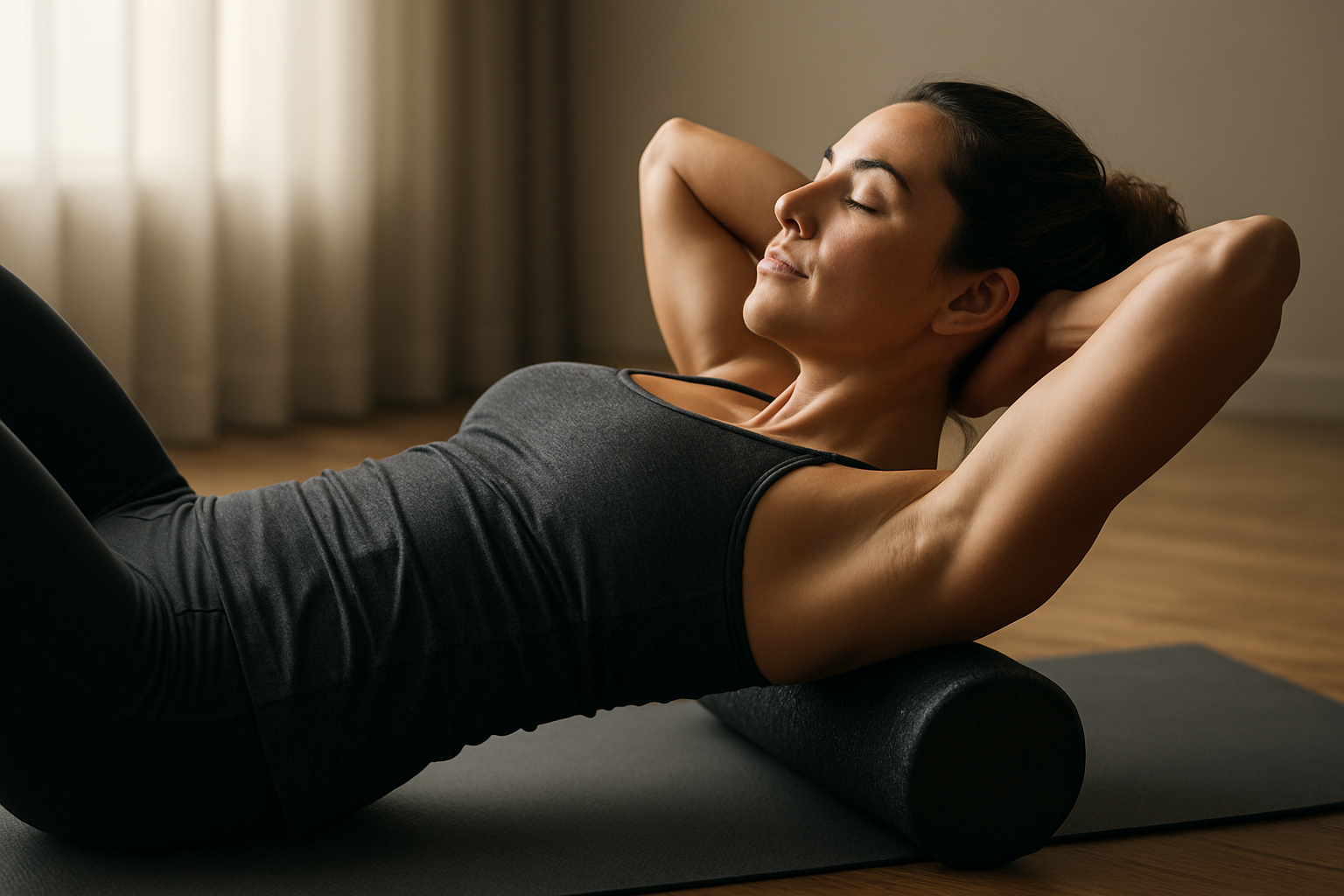5 Effective Home Exercises to Relieve Knee Pain
Knee pain can be a debilitating condition that affects daily activities and overall quality of life. Fortunately, there are several home exercises that can help alleviate discomfort and improve knee function. This article explores five effective exercises you can perform at home to relieve knee pain, strengthen the surrounding muscles, and enhance joint stability.

What causes knee pain and why is exercise important?
Knee pain can result from various factors, including injury, arthritis, overuse, or age-related wear and tear. Regular exercise is crucial for managing knee pain as it helps strengthen the muscles supporting the joint, improves flexibility, and promotes better circulation. By incorporating targeted exercises into your routine, you can reduce pain, increase mobility, and prevent further damage to the knee.
How can you prepare for knee pain relief exercises?
Before starting any exercise regimen, it’s essential to prepare properly. Begin by warming up your muscles with light activity, such as walking in place or gentle stretching. Ensure you have a comfortable, non-slip surface to work on, such as a yoga mat or carpeted area. It’s also advisable to wear supportive shoes and loose-fitting clothing that allows for easy movement.
What is the first effective exercise for knee pain relief?
The first exercise to consider is the quadriceps set. This simple yet effective movement helps strengthen the muscles at the front of your thigh, which play a crucial role in supporting the knee. To perform this exercise:
-
Sit on the floor with your legs extended in front of you.
-
Tighten the muscles on top of your thigh by pressing the back of your knee into the floor.
-
Hold for 5-10 seconds, then relax.
-
Repeat 10-15 times for each leg.
This exercise can be done multiple times throughout the day and is particularly beneficial for those with knee osteoarthritis or recovering from knee surgery.
How can hamstring curls help alleviate knee pain?
Hamstring curls target the muscles at the back of your thigh, which are essential for knee stability and function. To perform this exercise:
-
Lie on your stomach on a firm surface.
-
Slowly bend one knee, bringing your heel towards your buttocks.
-
Hold for 5 seconds, then lower your leg back down.
-
Repeat 10-15 times for each leg.
For added resistance, you can use a light ankle weight or resistance band. This exercise helps improve the balance of muscle strength around the knee, reducing strain on the joint.
What role do leg raises play in knee pain management?
Leg raises are an excellent exercise for strengthening the muscles that support the knee without putting excessive stress on the joint. Here’s how to do them:
-
Lie on your back with one leg straight and the other bent at the knee.
-
Lift the straight leg about 6 inches off the ground, keeping your thigh muscles tight.
-
Hold for 5 seconds, then slowly lower your leg.
-
Repeat 10-15 times, then switch legs.
This exercise primarily targets the quadriceps and hip flexors, which are crucial for knee stability and proper alignment during movement.
How can wall squats benefit those with knee pain?
Wall squats are a modified version of traditional squats that provide support and reduce stress on the knees. They help strengthen the quadriceps, hamstrings, and glutes. To perform wall squats:
-
Stand with your back against a wall, feet shoulder-width apart.
-
Slowly slide down the wall until your thighs are parallel to the ground.
-
Hold this position for 5-10 seconds.
-
Slowly slide back up to the starting position.
-
Repeat 10-15 times.
Start with short holds and gradually increase the duration as you build strength. This exercise improves leg strength and stability, which can significantly reduce knee pain over time.
What is the final recommended exercise for knee pain relief?
The final exercise in this regimen is the calf raise, which strengthens the lower leg muscles and improves ankle stability, indirectly supporting the knee. To do calf raises:
-
Stand near a wall or chair for balance.
-
Slowly rise up onto your toes.
-
Hold for a few seconds, then lower back down.
-
Repeat 15-20 times.
For added challenge, you can perform this exercise on one leg at a time. Strong calf muscles contribute to better overall leg stability and can help reduce strain on the knees during daily activities.
By incorporating these five exercises into your daily routine, you can effectively manage knee pain, improve joint function, and enhance overall leg strength. Remember to start slowly, listen to your body, and gradually increase the intensity and repetitions as your strength improves. If you experience increased pain or discomfort while performing these exercises, it’s important to stop and consult with a healthcare professional for personalized advice.
This article is for informational purposes only and should not be considered medical advice. Please consult a qualified healthcare professional for personalized guidance and treatment.




